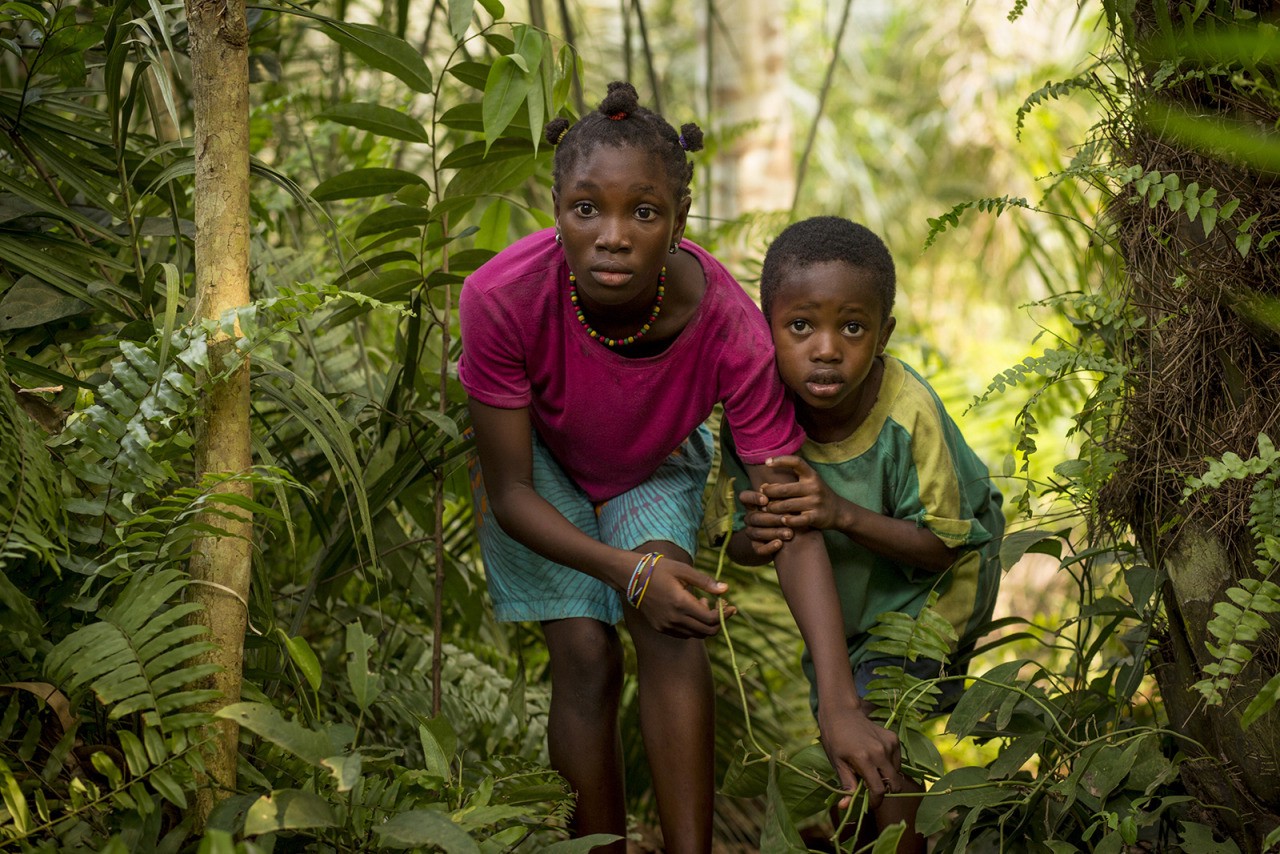For many, the resurgence of anti-immigrant sentiments can not only be infuriating but also very psychologically impairing. That’s the reason why movies that highlight the struggles of immigrant life are crucial. The movies belonging to the subgenre give us a glimpse of the struggles of the immigrant community and also help us realize how, fundamentally, global movement weaves and strengthens the very fabrics of our society.
Netflix’s ‘Adú’ is another film that attempts to encapsulate immigration and migrant experience. The film’s plot is divided into three parallel narratives. One revolves around the life of a young boy and his sister, who attempt to fit themselves in the hold of a plane just to escape their continent and reach Europe. The second narrative highlights the struggles of an environmental activist who deals with ongoing poaching activities in Africa. The third and final narrative is about a group of guards responsible for stopping people from trying to jump the fence in Melilla. In the end, all of these stories come together and show how many people in the African continent are still trying to find ways to escape and seek better lives in the world outside.
Clearly, the film draws inspiration from real life, so let’s further explore what inspired director Salvador Calvo to make a movie about Africa.
Is Adú Based on a True Story?
‘Adú’ is not based on a true story, and for the most part, its characters are a work of fiction. However, the film’s storyline is inspired by real-life events. As mentioned above, the first narrative of the film revolves around two African siblings who attempt to escape their continent by attempting to hide inside an aircraft. The idea behind this segment of the movie came from a real incident in 2015 where an 8-year-old boy was found in the suitcase of a woman at an airport’s security checkpoint. It was later deduced that the boy’s father paid the lady, who wanted to reunite with his son in the Canary Islands after being separated from him in Ceuta.
The second narrative of the film portrays the life of a struggling environmental activist. It seemingly alludes to the real poaching threats in the African continent, where the ivory tusks of elephants are cut off and carved into ornaments. In the 80s, an international trade ban was introduced since China was the top consumer of these ivory ornaments. But even after this ban, the numbers kept increasing, which led to a rise in the illegal trafficking of these ornaments. With its depiction of tuskless and dead elephants, the films shed light on the crude reality of poaching from the perspective of a social reformer.
The third narrative of the film is all about the national guards who oversee the fences connecting Ceuta and Melilla. The barbed wires, topped with coils of razor blades, that separate Ceuta and Melilla are extremely perilous for those who attempt to cross them. Rising at a height of 6 meters (20 feet), these wires can also prove to be fatal for “jumpers.” And yet, every year, almost thousands of migrants try to surpass these walls. So, similar to the guards in the movie, the ones protecting these walls are not only stopping illegal migrants but are also avoiding a humanitarian catastrophe.
Read More: Is Mon frère Based on a True Story?

